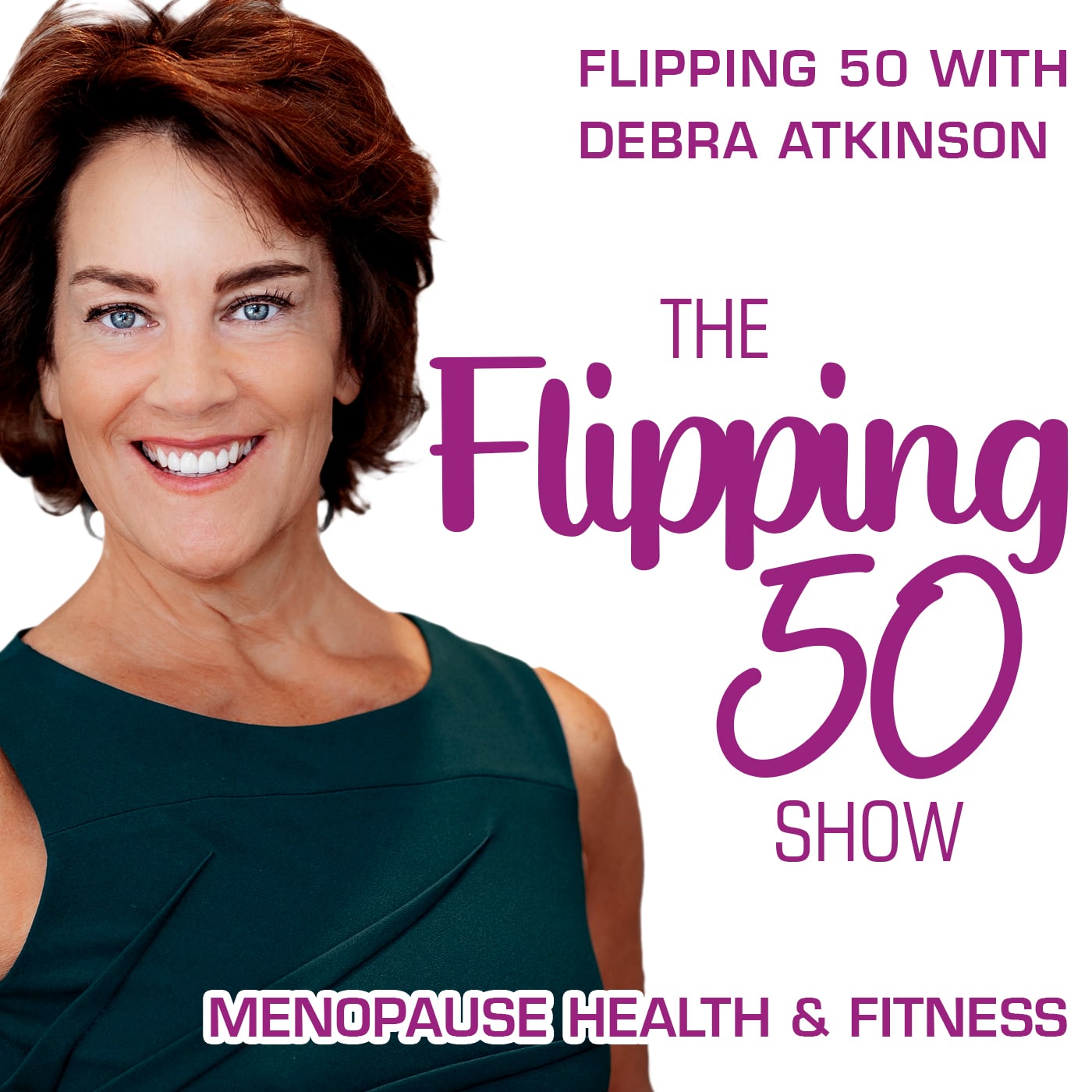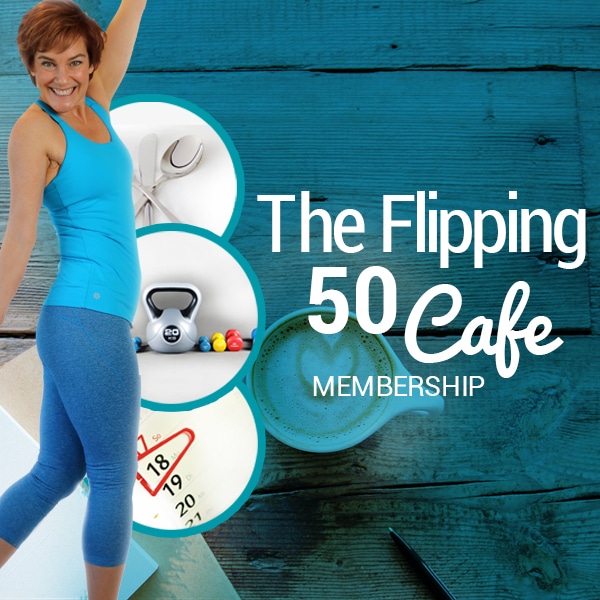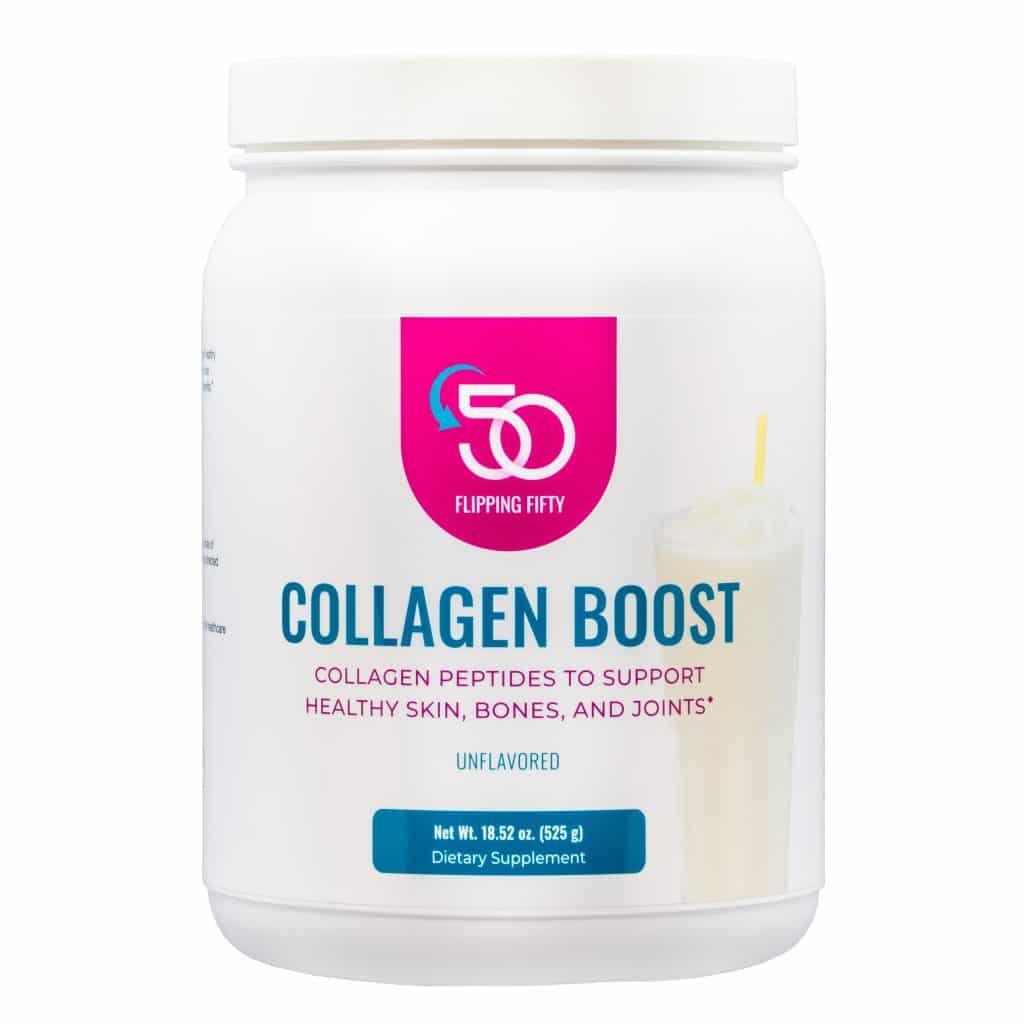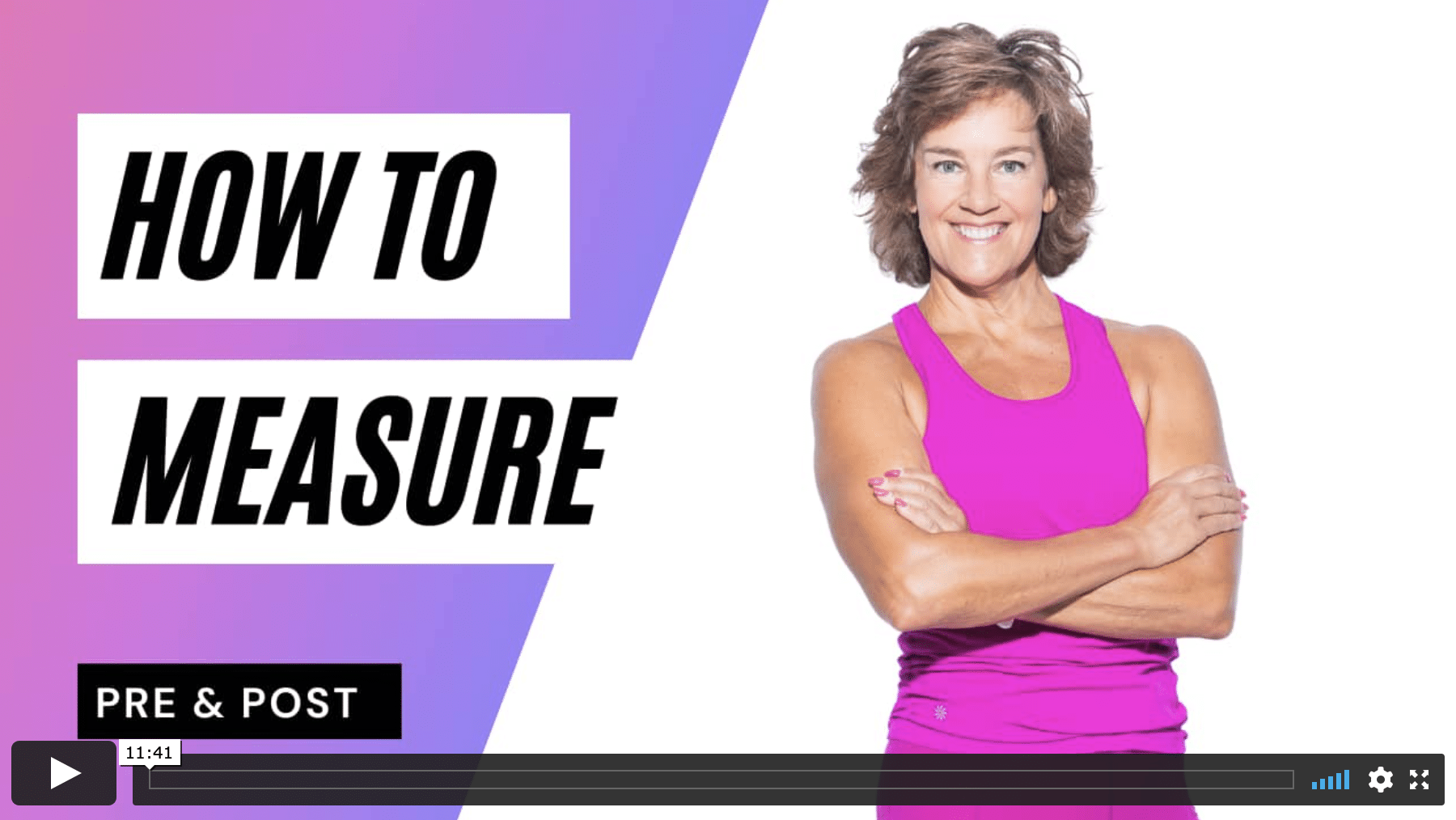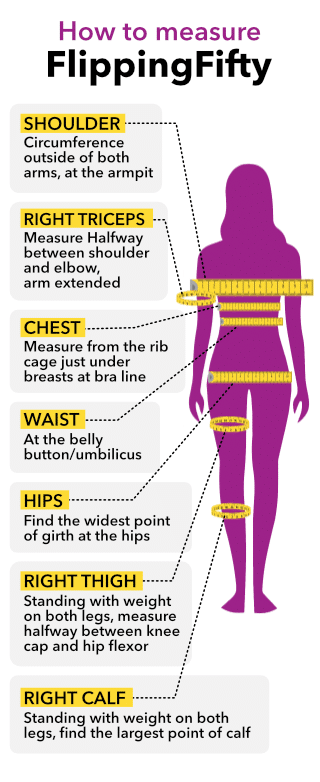Research about menopause right now is finally beginning to really get its moment. Or is it? What’s something you can trust? And what’s stated as “science-based” or “science-backed”?
Questions I’ll Answer in this Episode:
- How to know if a source is credible? [00:36:00]
- What determines a peer-reviewed journal? [00:18:50]
- Are all studies on PubMed or Science Direct peer-reviewed? [00:36:00]
- Are all studies from Google Scholar (AI) peer-reviewed? [00:37:00]
- What makes some research studies better than others? [00:04:50]
In short this will be a bit like a vocabulary lesson so you can filter news regarding research about menopause for yourself.
The spoiler alert is this: the gold standard in health research are those that are interventional, randomized, double-blind, placebo-controlled studies.
In the planning stages and then results and discussion these things will be considered and determined:
- Reliability is at least 3 independent experiments giving the same results.
- Relevant to you with subjects just like you.
- Recency is often within the last 10 years with exception
- Validity is about how well findings apply to those not in the study. (discussion is about communicating things that may interfere with it being applicable to a diagnosis or a protocol or treatment)
- Confidence level aiming at 95% confidence level requires a result across a large number of subjects to show it
- Sample size A good maximum sample size is often around 10% of the population, as long as it doesn’t exceed 1,000 people. At least 100 subjects. Larger than 30, less than 500. The answers vary considerably.
What you should expect:
- Written for professionals
- Authors names and a contact included
- Bibliography included
- Peer-reviewed journal
How do you know if it’s a peer-reviewed journal?
Go to the journal (not the article to find out). The journal website includes information for authors about the publication process. A board of experts review and evaluate before acceptance for publication in peer-reviewed journals.
Two Additional Terms to Know Regarding Research About Menopause
Qualitative – descriptive is more loosely gathered data that might be polls or surveys and interpreting the responses without giving a percentage. This might also come from a review of literature which isn’t actually conducting a study but is reviewing a pool of studies to seek common denominators about the research methods and results.
Quantitative – based on numbers and is going to result in for instance a percent of muscle lost on average each decade, or over 80% of women describe libido issues.
Mixed – including both
There are many types of studies starting with observational and interventional.
Observational studies look at what effects habits, beliefs or events affect certain outcomes.
For instance, a study that reported an association between increased meat eating and cancer. However, the study was conducted based on a survey where participation was compensated. Participants in such studies may be motivated by the ease of collecting $20 for reporting their habits but might be consuming hot dogs and bologna and Spam, unlike you who are choosing other options that are organic, grass-fed and finished wild options.
The headlines? Satisfy a great need by the media to get views, clicks and engagement.
Interventional studies, just as it sounds, provide some kind of imposed change to subjects. For instance, providing an example on research about menopause, a study published in Obesity on post menopausal women in a weight loss program divided groups into long sleepers vs short sleepers. They compared results from the change in sleep while other conditions (eating and exercise) were controlled.
Though this may not fall directly under current research about menopause, a recently published study in JAMA in July 2024 found older adults (av age 71) who lifted heavy weights for 1 year retained their strength for 4 years while those doing moderate weight training did not. This was a randomized longitudinal study.
Types of Research About Menopause
Longitudinal vs Cross sectional
Looking at the same co-hort over time checking in periodically to see what results occur vs look at different segments of the population one time.
In research about menopause, perhaps none is more well-known than The Nurses Health Study. It is a longitudinal observational study looking at the effects of certain habits over time.
Some of Dr Loren Fishman’s studies on 12 yoga poses have been longitudinal studies showing increase in bone density over time. Some also were retrospective looking back at what happened in women who had done yoga more than every other day. New studies that would take specific poses and see which of those were most beneficial would be prospective, or going forward in time.
Active treatment vs placebo studies are where all receive the treatment vs some subjects receive the actual drug or treatment and others receive a placebo sugar pill. Sometimes this is an exercise intervention. Where the actual protocol tested is resistance training exercise and the placebo also does resistance training but without protocol
Control group means that a subset group does not have the treatment or follow protocol. For instance in Fishman’s studies an experimental group would have done the yoga poses and a control group was also post menopausal but did not do the yoga poses.
Open vs Blind/Double Blind: everyone knows who is in which group (experimental, placebo or control) vs subjects or researchers don’t know vs neither researchers nor subjects know which is which.
Randomized control vs case control
References:
Other Episodes You Might Like:
- Living Longer is NOT the Goal: Research on Longevity: https://www.flippingfifty.com/living-longer/
- Science that Makes Exercise Essential for Menopause Health: https://www.flippingfifty.com/exercise-essential-for-menopause-health/
- Boost Weight Loss with Exercise and Eating Timing: Science Studies: https://www.flippingfifty.com/boost-weight-loss-with-exercise-and-eating-timing-science-studies/
Resources:
- Hot Not Bothered Challenge: https://www.flippingfifty.com/hot-not-bothered-challenge-2023/
- Stronger: https://www.flippingfifty.com/get-stronger/

